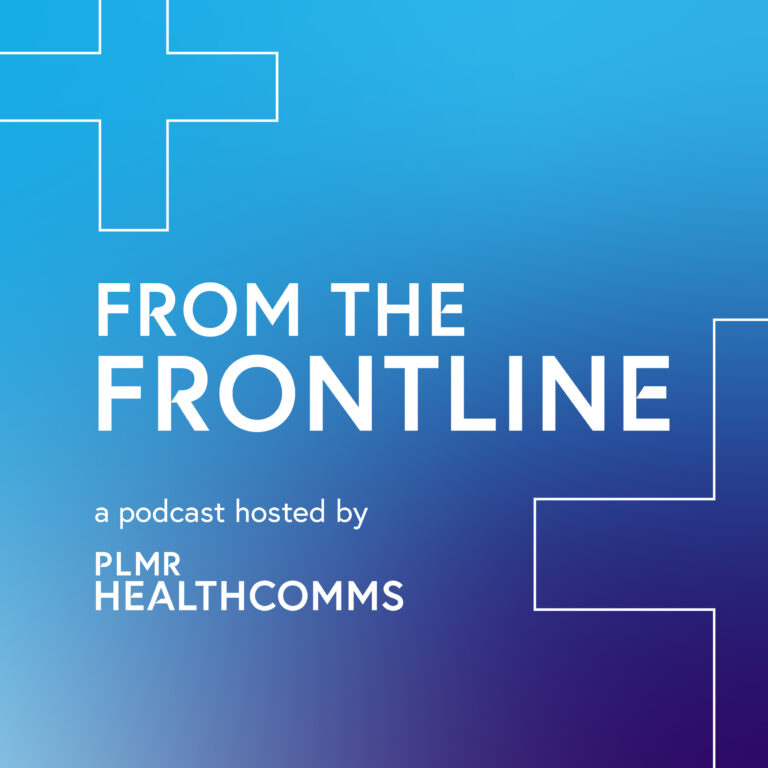I was in my kitchen, watching the news whilst browsing Twitter, a 21st century phenomenon if ever there was one, when messages about an explosion at the Boston Marathon started to top my feed. And suddenly it was as though all my vital organs were trying to jump out of my mouth.
That is my home! My family is at the Boston Marathon!
Plunged into a blind panic, every device within my reach was used to try and get through to my mum, dad, and brothers via cellphones, house phone, whatsapp, facetime, anything! I finally got a response and found that they were at the half-way point and not near the finish line where the bombs detonated.
Hugely relieved, I continued to watch the story unfold both on the television and on the social media outlets. What became clear was that our ‘24hr news’ was struggling to keep up. Photos and reports of two explosives had been well established on Twitter and there was even talk of a third by the time that the news could confidently report that even one explosive had been set off. The news could not confirm whether or not there had been any injuries, yet the blood-soaked sidewalk of Boylston Street pictured was confirmation enough. Twitter had already found a man pictured on a roof near the bombsite guilty, before anyone else had the chance to consider suspects. The tables seemed to have dramatically turned: social media was not responding to the news, the news was responding to social media.
In something of a shocked trance I flick through the pictures appearing on Twitter, horrifically gruesome shots of victims popped up, highlighting the lack of censorship that comes with social media. With an image dominated forum, there is the possibility that someone might even find out that their loved one is harmed through it – a hugely disturbing thought and a risk when social media reports the news. Our insatiable appetite for fast information is fuelled by the instant access social media offers. However, the unregulated information that comes out on these sites proliferates quickly and the lines between speculation and confirmed news become very blurred, very fast, potentially perpetuating panic.
However, Twitter also served a very practical purpose in the aftermath of the bombs. Cell phone towers were shut down to prevent the detonation of further devices and Twitter became a hub of information with emergency contact numbers, victim search tools, information on where blood could be donated, places where stranded runners could stay etc. Messages of support from across the globe and stories of the heroic first-responders quickly spread over the outlet, uniting shocked Bostonians.
Social media- led news is fast becoming the norm and we will have to adjust and hopefully be able to recognise the risks associated. In the meantime, looking at the acts of bravery, support and compassion appearing on m newsfeed, Twitter has proved that there is far more positivity than negativity in the world, that good will continue to triumph and Boston will not be afraid.



